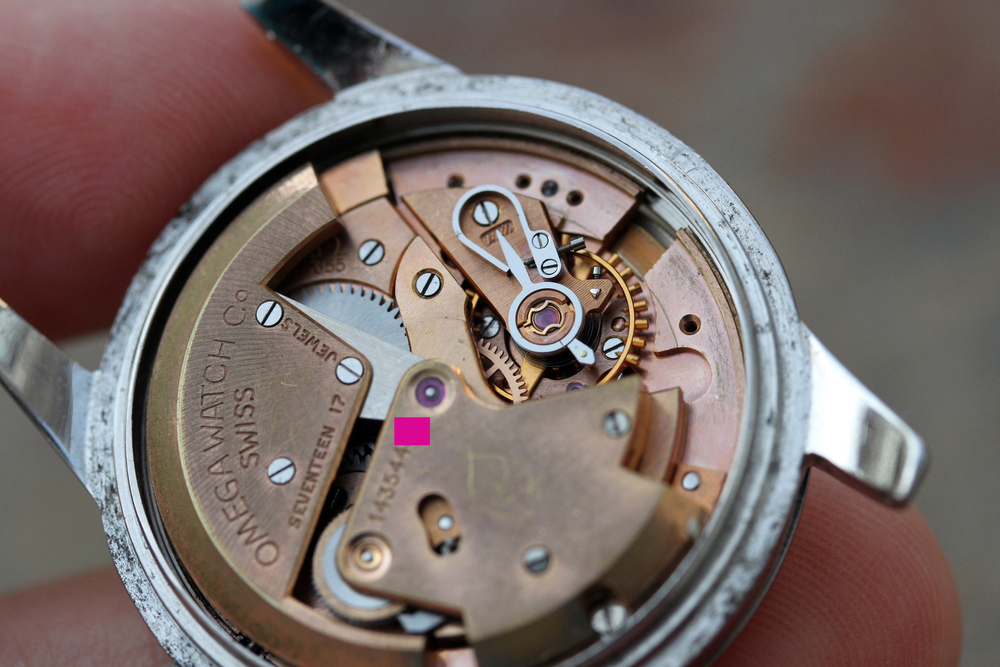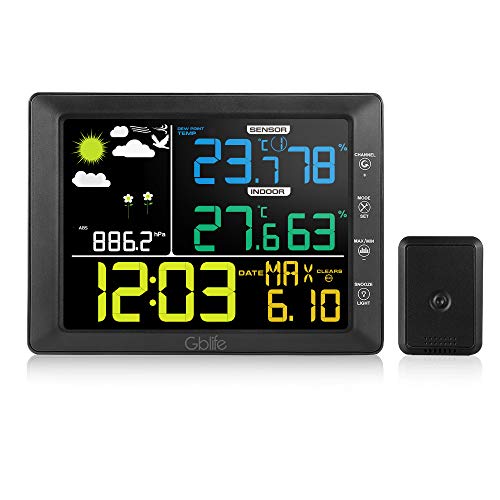

Such additional options significantly increase the price of your purchase, but they will help monitor and forecast weather extremely accurately. Such stations are equipped with various additional sensors such as a rain gauge and others. Go for the semi-professional weather stations to have a complete analysis of weather and the most precise weather forecast.

Many homeowners find this set of sensors to be sufficient for continuous monitoring of the room comfort level, as well as for forecasting the weather accurately for a few hours. Such stations may have several temperatures and moisture sensors for monitoring the state of different rooms.

If a weather station is equipped with a barometer it is possible to get a forecast of 12-24 hours. Obtain advanced items to monitor the temperature, humidity, and atmospheric pressure indoors & outdoors. The most primitive cut-rate items are only equipped with two built-in sensors of the temperature and humidity and will merely outline a general picture. Invest in the cut-rate thermometers if you only need to measure temperature and humidity at home. Purpose: To what do you need a weather station for?

Pay attention to the following factors when choosing a weather station.ġ. The weather stations consist of a framework that processes and displays all of the following relevant data from the corresponding sensors:
BIG WEATHER STATION TABLE WITH CALENDAR FROM CK HOW TO
How to Choose a Wireless Home Weather Station?ĭigital weather stations have replaced the analog barometers, which used to predict the weather in a rather mediocre manner, taking into consideration only the atmospheric pressure indicators. In this guide, we’ll cover all types of weather stations on the market, from really simple go-to models to more advanced and sophisticated semi-professional weather stations. This is where home weather stations can come in handy, and thank goodness, there are plenty to choose from nowadays. This doesn’t suffice in some cases, though, and more accurate weather readings and forecasts might be preferred. Apps and feeds could provide real-time feeds from meteorological stations, giving you a decent view of local weather over a large area. Over time, more advanced equipment made it possible to track the weather digitally, and with the advent of smartphones and broadband computer connections, things changed. These worked well enough for hindsight, and a real-time gist of climate and meteorological conditions, but that’s just not the same. Once upon a time, the best weather readouts you could get were from the news, simple rain gauges, weather vanes, barometers, and thermometers. Well, that certainly didn’t work out, but computers have, in turn, made tracking and forecasting the weather far easier and more accurate over the years. In fact, in the early days of computing, one of the main goals of tracking multiple parallel values was in hopes of properly predicting the weather five to ten days in advance. The weather has long been regarded as the quintessential example of something unpredictable and random. Read to discover the TOP 8 Best Weather Stations. Today, we’re going to learn how this technology works, different kinds of stations in use, important features to look for, and, of course, take a good look at some of the best weather stations on the market. In the market for a weather station? We’ve tested all kinds of weather stations at every price point to determine the best and the most reliable weather stations on the market to help you choose the best device for you or your family.


 0 kommentar(er)
0 kommentar(er)
